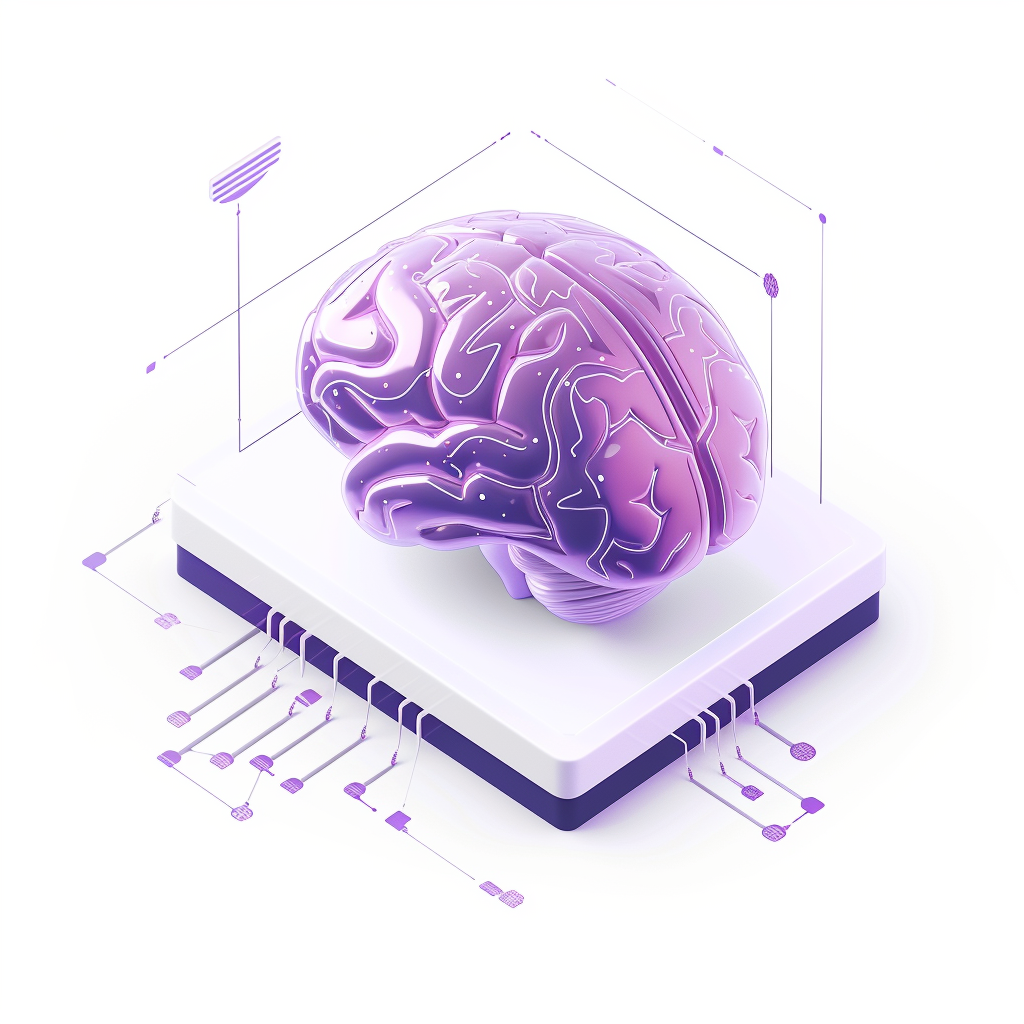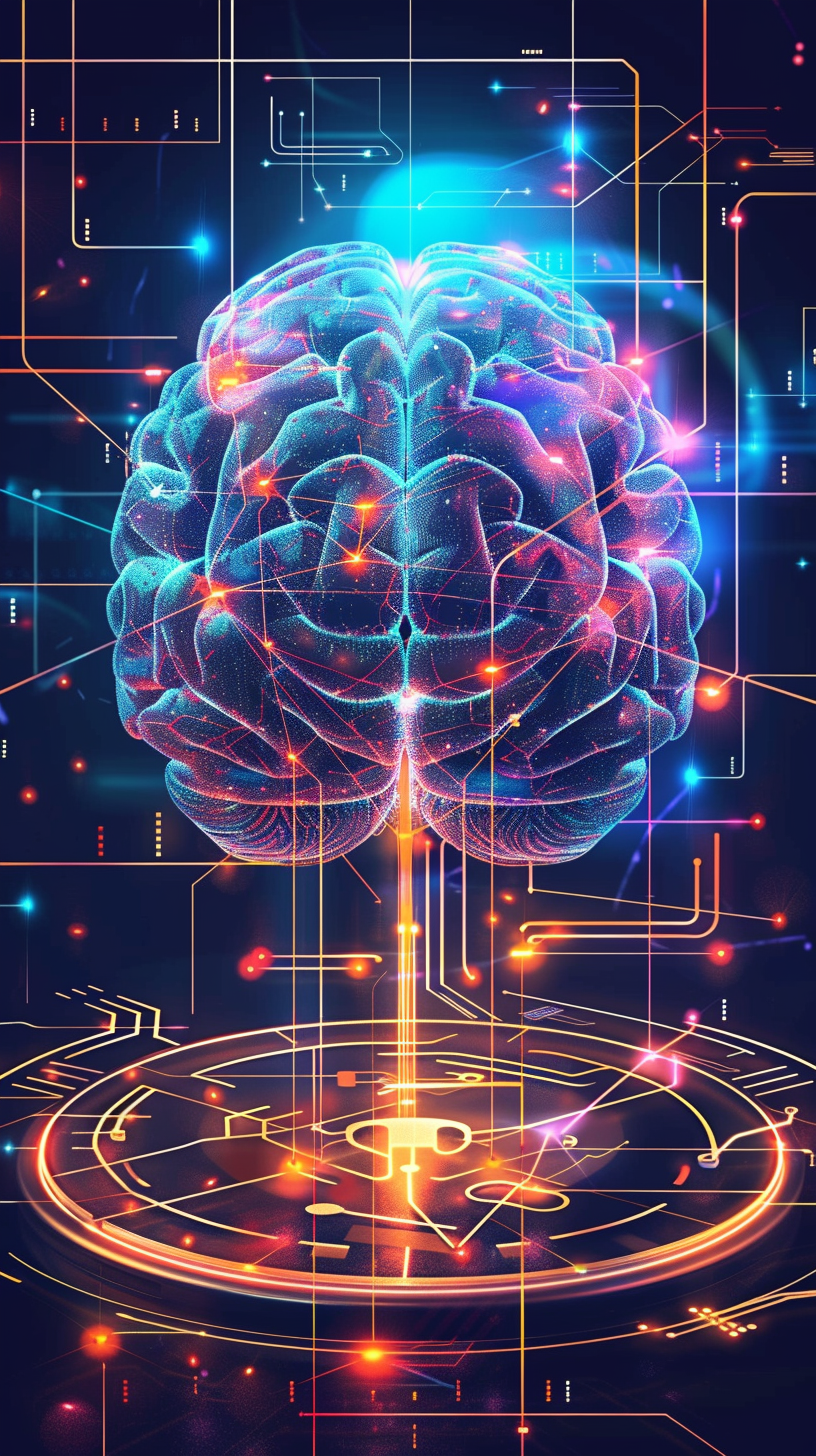ChatGPT by OpenAI is a popular computer chat tool that is recently gaining huge attention literally everywhere. In this article, we will answer common questions about it. We’ll talk about how it works, who made it, and its strengths and weaknesses. Read on to learn more about ChatGPT.
What is chatGPT?
ChatGPT is a computer program designed to chat with people. Think of it as a super-smart chat robot. It’s made by a company called OpenAI.
To make this robot smart, they let it “read” a ton of books, websites, and other texts. Because of all this reading, it knows a lot and can answer many questions. When you chat with it, it tries to give the best response based on what it has “learned”. So, it’s like talking to a very knowledgeable friend who has read a lot and remembers everything!
Who created ChatGPT?
ChatGPT was created by OpenAI, a research organization committed to ensuring that artificial general intelligence (AGI) benefits all of humanity. OpenAI was founded in December 2015, with the backing of several high-profile tech personalities including Elon Musk, Sam Altman (who later became its CEO), Ilya Sutskever, and others.
An interesting fact is that even though Elon Musk is one of the initial co-chairs and donors to OpenAI, he was not involved in the organization’s day-to-day operations and recently sold his share. The organization stands out for its commitment to open research and sharing its findings, although certain safety and competition concerns have led it to be less open with some of its more recent developments.
What is HelloAI and who created it?
HelloAI is an innovative Mac app developed by Michal Langmajer (a serial mobile app entrepreneur). He initiated the app development as an experimental project to demonstrate that GPT-4 is sufficiently advanced for app development. While ChatGPT provides a conversational interface, HelloAI takes it a step further by offering a more enhanced user interface and additional features, setting it apart in terms of functionality and user experience.
How does chatGPT work?
Imagine you have a super-smart friend who has read tons of books, articles, and web pages. Whenever you ask this friend a question, they think about everything they’ve read and try to give you the best answer based on that information.
ChatGPT works in a similar way. It’s like a computer program that has been trained on a lot of text from the internet. When you ask it something, it recalls patterns from this training and crafts a reply. It doesn’t truly “understand” like humans do; instead, it’s really good at mimicking how a person might respond based on the massive amount of text it’s seen.
When you ask a question, chatGPT (or HelloAI) breaks down your words, processes them using patterns it’s learned, and then constructs an answer. The model generates this response word by word, drawing from its previous training. Importantly, while it’s a powerful tool, ChatGPT doesn’t truly “understand” like humans do; it just recognizes and uses patterns.
What does the “GPT” mean?
GPT stands for “Generative Pre-trained Transformer”. Let’s break it down:
- Generative: It can create text, like making sentences.
- Pre-trained: It has already learned from a lot of text before it’s given specific tasks.
- Transformer: This is the design or structure of the computer brain (or model) that GPT uses. It’s really good at understanding language.
In simple terms, GPT is like a computer brain designed to read, understand, and create text based on what it has learned.
Can chatgpt write essays?
Absolutely! Both ChatGPT or HelloAI app can help write essays. Here’s how it works:
If you tell the AI what topic you want the essay about, it will create one for you. Think of it like telling a friend, “Hey, can you write about this for me?” Then, your friend (in this case, ChatGPT/HelloAI) will start writing based on what you said.
For the best essay, you should give more information. How long should the essay be? Are there special things you want to include? Who will read the essay? Is it for kids, adults, or teachers? The more you tell, the better the essay will be.
What is the difference between GPT-3 and GPT-4?
GPT-4 is the newer version of GPT-3.
GPT-4 is bigger than GPT-3; it has more than GPT-3’s 175 billion parameters – the exact number is not known but experts talk about around 1 trilion parameters. It’s also trained on fresher data, so it’s more updated about the world. This larger size and newer training make GPT-4 perform better, especially in understanding and answering questions.
OpenAI has made GPT-4 more customizable, and it can be fine-tuned better than GPT-3. Feedback from GPT-3 users has been used to make GPT-4 safer and more reliable. Additionally, GPT-4 can be used in more ways, with new tools and platforms designed for it.
All the lessons from GPT-3, along with new research, have been put into GPT-4, making it more advanced. However, because it’s more powerful, it might also be more expensive or harder for some people to get access to, depending on OpenAI’s decisions.
Can we trust all ChatGPT responses?
ChatGPT is designed to generate human-like text based on vast amounts of information it was trained on. While it often provides accurate and coherent responses, it’s not infallible. There are several reasons for this:
- Generalization Over Accuracy: ChatGPT aims to respond to a broad range of questions. In doing so, it might sometimes prioritize generalization over pinpoint accuracy.
- Training Data Limitations: The accuracy of its answers depends on its training data. If it hasn’t been trained on specific or updated information, it might not give the correct answer.
- Lack of Real-time Data: ChatGPT doesn’t have real-time browsing capabilities. So, it won’t know events or facts that occurred after its last update.
- Contextual Misunderstandings: While it’s good at processing language, it can sometimes miss nuances or context, leading to potential inaccuracies.
- No Fact-checking: ChatGPT doesn’t actively verify facts in real-time. It generates responses based on patterns in its training data.
Given these limitations, while ChatGPT can be a valuable tool for information and conversation, it’s crucial to cross-reference critical information with trusted and reputable sources. It’s best used as an initial reference or for general knowledge rather than a sole source of truth.
Is it safe to ask chatGPT personal questions?
It’s essential to distinguish between “personal questions” in terms of curiosity and “personal questions” that involve sharing sensitive personal information. If you’re asking about personal experiences, feelings, or opinions from a curiosity standpoint (“What’s it like to be an AI?”, “How do you process data?”, etc.), that’s perfectly safe.
However, you should not share sensitive or private information with me or any other online platforms unless you’re certain about the platform’s privacy standards and have a valid reason for sharing such information. For instance, avoid sharing:
- Social Security numbers
- Bank account details
- Passwords
- Addresses or other identifying details
- Health records or medical information
- Any other confidential information
Even with the strict privacy measures which is OpenAI taking, you can be never sure about the vulnerabilities that might emerge in the future or potential breaches that can occur in any digital system. The digital world is constantly evolving, and new threats emerge as fast as solutions do. While companies like OpenAI prioritize security and user privacy, no system can ever claim to be 100% impervious to risks.
Can AI understand any language in the world?
AI can process and generate text in many languages. The more data an AI has on a language, the better it performs. So, for common languages like English or Spanish, AI does well. But for less common or endangered languages with limited data, its performance might not be as good. Even though AI can work with many languages, it doesn’t “understand” them like humans do; it identifies patterns in data and responds based on that.
ChatGPT has been trained on text from numerous languages, spanning well over a hundred. However, its proficiency varies. For major languages like English, Spanish, or Chinese, it’s more adept. For less common languages, its accuracy might be reduced due to limited training data.
What are the current limitations of ChatGPT?
ChatGPT has several limitations. Firstly, it generates responses based on patterns in the data it was trained on, so it doesn’t possess true understanding or consciousness. This means it can produce inaccurate or nonsensical answers if it doesn’t have the right context or if the question is ambiguous. While it can provide vast amounts of information, it can’t guarantee accuracy or relevance.
Secondly, ChatGPT doesn’t have the ability to learn from new data post-training or recall previous interactions with users, which means it doesn’t remember past conversations or adapt to individual users over time. Additionally, since its knowledge is fixed to 2021, it won’t be aware of events, advances, or changes in information that occurred after that date.
Lastly, while it tries to avoid harmful or misleading information, it can sometimes produce inappropriate or biased answers due to imperfections in the training data. Users should be cautious and use their judgment when interpreting and applying their responses.
Is it possible to detect GPT-4 generated text?
Detecting GPT-4, or any advanced AI language model, hinges on observing specific linguistic and behavioral traits. While GPT-4 generates remarkably human-like text, it can sometimes manifest unique patterns or biases derived from its extensive training data.
This can be revealed through linguistic analysis, probing or by noting its capacity to rapidly produce detailed responses across a broad range of topics. However, it’s worth noting that the success of these detection techniques can vary based on the specific approach, context, and expertise of the person conducting the detection.
Schlussfolgerung
ChatGPT has undoubtedly revolutionized the way we interact with AI, offering a broad spectrum of information and conversational capabilities. It’s a robust tool for those curious about a plethora of subjects or seeking assistance in generating text.
For Mac users, giving HelloAI a spin could offer an enhanced experience with its unique interface and features. Regardless of your platform or application, diving into the world of advanced AI with ChatGPT or HelloAI promises a fascinating and informative journey. Always remember to use these tools responsibly, keeping their strengths and limitations in mind.







